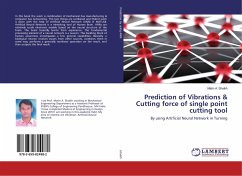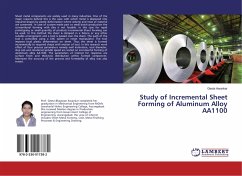Sheet metal forming that incorporates an incremental approach has demonstrated a great potential to form a wide range of industrial products. The majority of the previous research on conventional spinning has focused on the first pass, clearly, the effect of subsequent roller passes on the deformation mechanics needs more attention. Statistical methods such as Design of Experiment (DOE) and Analysis of Variance (ANOVA), which can be used to identify the most critical working parameters and their optimal setting, are rarely used in conventional spinning practice, but have great potential for this type of process. Although Single Point Incremental Forming (SPIF) processes have potential application areas, the process is still not widely applied in industry. There are many gaps in existing knowledge of the processes. An understanding of the process mechanics is limited. The higher formability associated with SPIF processes is an area where different ideas and explanations are given.Additionally, the geometrical accuracy resulting from SPIF is not good enough, and is regarded as unacceptable for some applications. These issues are addressed in the present study.








